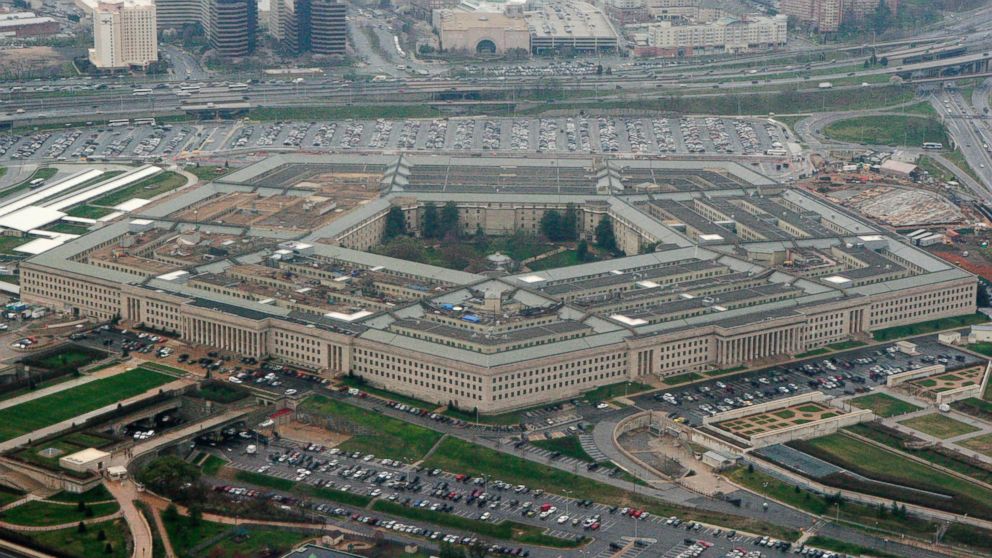Military Sexual Assault Reports Level Off, but Pentagon Officials Remain Concerned
There were 6,083 reports of sexual assault in the U.S. military last year.

— -- This story has been updated from the original version and includes some revised statistics.
The 6,083 reports of sexual assault in the U.S. military last year remained almost level with the previous year, according to the Pentagon's annual report on sexual assault in the military, but Pentagon officials who released the latest statistics remain concerned that service members continue to report sexual assault at a high rate.
The 6,083 reported incidents in fiscal year 2015 are 48 fewer than the number of incidents reported in 2014. But, when the numbers are adjusted to account for the reduced sizes of the four military services since the previous report, the rate of reporting remains at four reports per 1,000.
The Pentagon report defines sexual assault to include unwanted inappropriate sexual contact, aggravated or abusive sexual contact, sexual assault and rape.
Major General Camille Nichols, director of the Department of Defense’s Sexual Assault Prevention and Response Office, said it was unclear if two years of roughly equal numbers indicates a plateau has been reached in the number of incident reports.
"We're not sure if we've plateaued," said Nichols who indicated it could take a year or more to determine if the prevalence has gone down. "It’s too early to tell that, but we do know we haven’t got everybody coming forward to report and we are still on a campaign to make that happen."
Service members can report sexual assault incidents in unrestricted or restricted reports. Restricted reporting allows sexual assault victims to get medical treatment and mental health counseling without notifying their chain of command. At any time, they can change their case to unrestricted reporting, which notifies their chain of command and triggers an investigation.
This year’s statistics showed that 21 percent of restricted reports were eventually converted to unrestricted reports.
“This is encouraging as we believe it to be an indicator of growing confidence in a justice system that is now better configured to hear the voice of the victim,” Nichols said.
Nearly 3,000 reports were considered for possible prosecution or action under the military judicial system. Seventy-two percent of those cases were dealt with through court-martials, non-judicial punishment, administrative action or discharges. Twenty-five percent of those cases were not acted upon because there may not have been enough evidence, the statute of limitations had passed or the victim declined to press charges.
Five hundred and forty-three cases from 2015 with at least one sexual assault charge went to trial, resulting in 413 convictions. Of those, 161 were convicted of penetrating offenses like rape, 93 were convicted of aggravated or abusive sexual contact, while the remaining 159 involved other charged offensives such as fraternization, adultery or giving false statements.
Nichols said she was also encouraged by a command climate survey of active duty service members that found that 16,000 took action in situations where they believed people were at risk for sexual assault.
“We need to capitalize on this 'move to act' and continue to ensure our people understand the risk factors that lead to sexual assault and feel confident to do their part in these situations,” said Nichols.
Though the numbers of reported sexual assaults have increased in recent years, Pentagon officials have acknowledged that reported sexual assaults likely only make up a quarter of the estimated 18,900 assaults that occur in the military per year. That estimate is extrapolated from a survey conducted every two years; the most recent estimate is from 2014.




